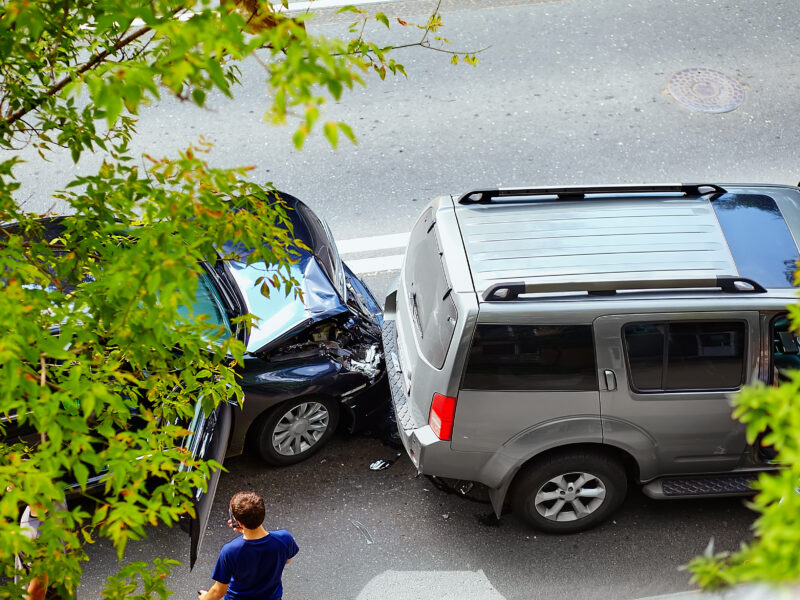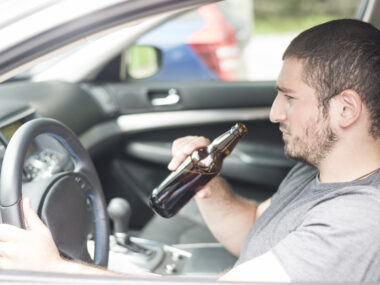Rear-end accidents are among the most common types of road incidents. However, many people assume that the driver of the rear car is always at fault. But, is this always the case? This article delves into the intricacies of rear-end accident liability and dispels some common myths.
Understanding the Basic Dynamics of Rear-End Accidents
The dynamics of a rear-end accident are quite complex, contrary to popular belief. There are numerous variables, including the conditions of the road, the speed of both vehicles, and the actions of both drivers. Even though rear-end collisions are typically associated with the following car’s driver failing to stop in time, the situation might not always be this straightforward.
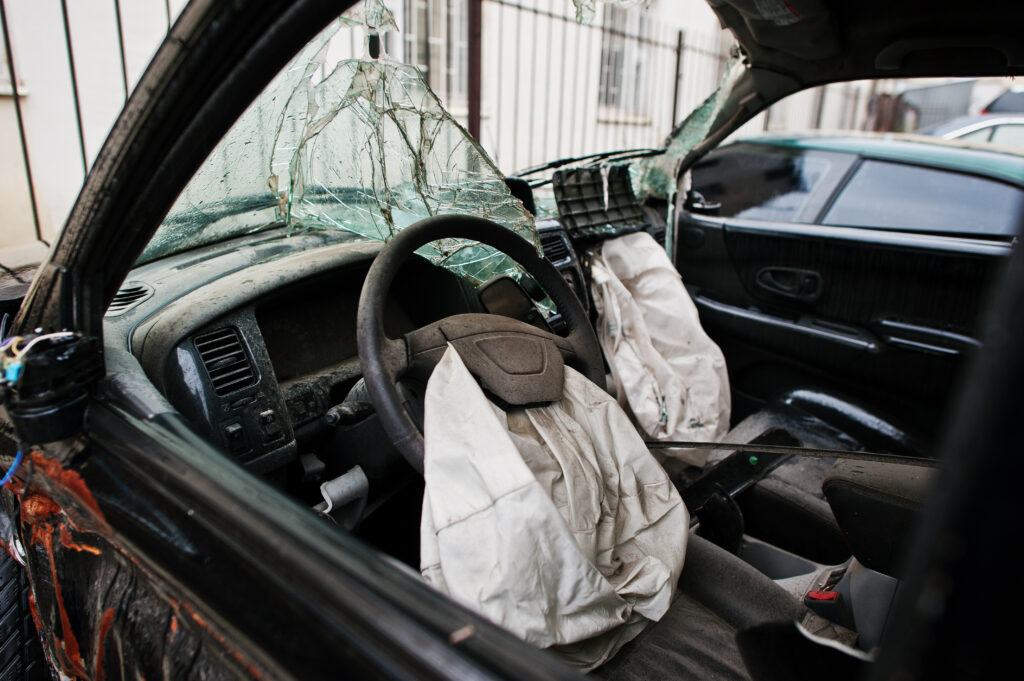
Factors That Could Make You Liable in a Rear-End Accident
Several factors can potentially make the front car’s driver liable in a rear-end accident. These include not having functional brake lights, reversing suddenly, or abruptly stopping for no apparent reason. Understanding these factors can help prevent misunderstandings and ensure safer driving practices.
Common Misconceptions About Rear-End Accidents Liability
There are many misconceptions surrounding the liability in rear-end accidents. One of the most prevalent is that the rear driver is always at fault. However, there can be instances where the driver of the front car shares some, or even all, of the blame.
Steps to Take Immediately After a Rear-End Accident to Protect Yourself
If you find yourself involved in a rear-end accident, there are certain steps you should take to protect your interests. These include documenting the accident scene, seeking medical attention immediately, and contacting your insurance company as soon as possible.
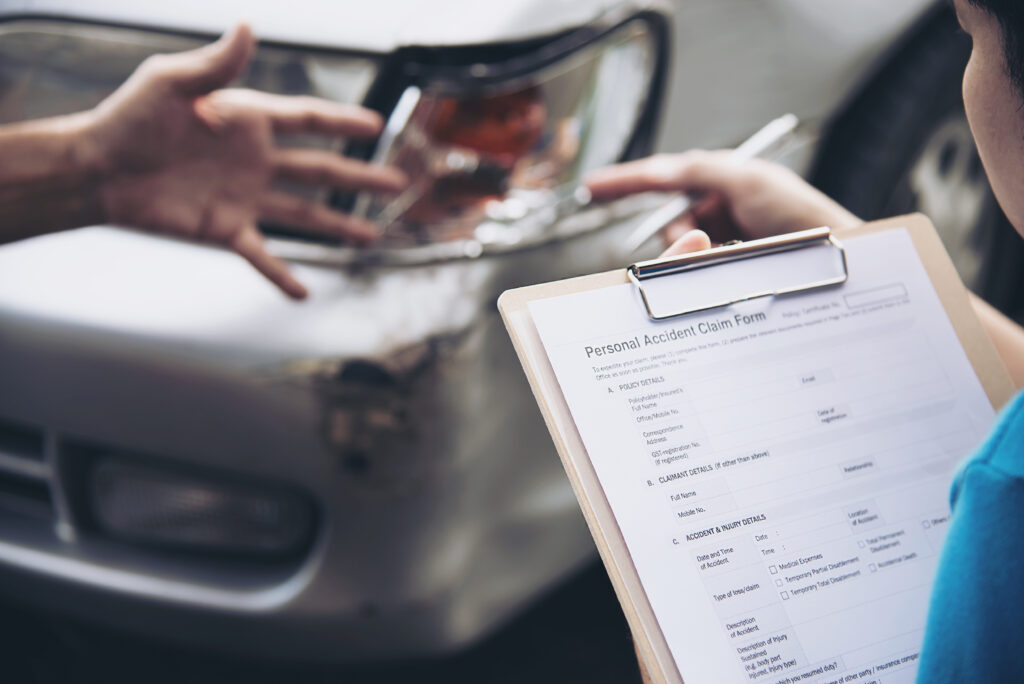
How Insurance Companies Determine Fault in Rear-End Accidents
Insurance companies use a variety of factors to determine fault in a rear-end accident. These typically involve analyzing the accident scene, examining vehicle damage, reviewing driver statements, and considering the police report if one was made.
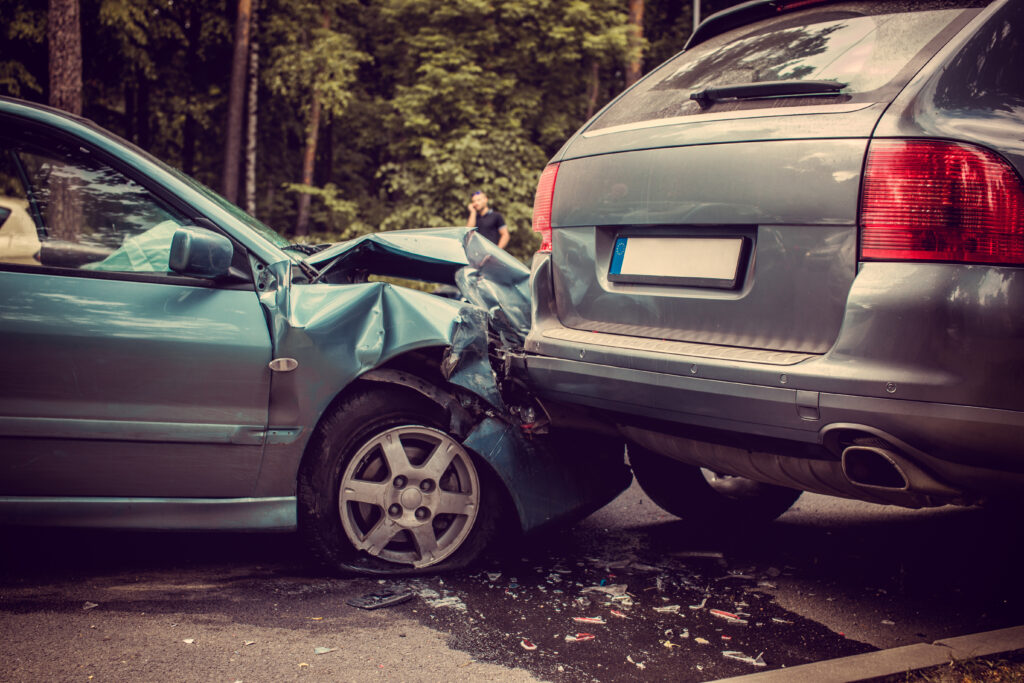
Case Examples: Instances Where the Front Car was Held Liable
There have been instances where the front car’s driver was held liable in a rear-end accident. These cases often involve unique circumstances such as a sudden stop or a broken tail light. Understanding these examples can help dispel some common myths surrounding rear-end accident liability.
Conclusion
In conclusion, while it’s often assumed that the rear driver is always at fault in a rear-end accident, this isn’t always the case. There can be circumstances where the front car’s driver might be held liable. Always remember to drive safely, maintain your vehicle properly, and understand the factors that could potentially affect your liability in case of a rear-end accident.
FAQs
Q: Is the rear driver always at fault in a rear-end accident?
A: No, there can be instances where the front car’s driver might be held liable.
Q: What factors can make me liable in a rear-end accident?
A: Factors such as not having functional brake lights, reversing suddenly, or abruptly stopping for no apparent reason can potentially make you liable.
Q: How do insurance companies determine fault in a rear-end accident?
A: Insurance companies use a variety of factors such as analyzing the accident scene, examining vehicle damage, reviewing driver statements, and considering the police report.
If you like this article. We can recommend this article for you.
